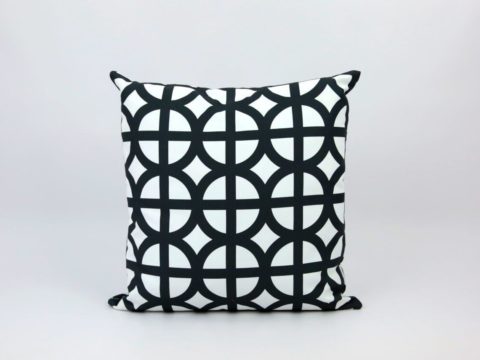Katherine Willoughby: Life Story
Chapter 5 : Widow
Katherine was now a fixture in the queen’s household. Suffolk was still active as a Privy Councillor, as well as undertaking the usual country duties of Henry’s chief men – sitting on various commissions of the peace and other local government activities. He was also, once again, called upon to serve Henry as a soldier, and took part in Henry’s last campaign against France in 1544. This may have sapped his remaining strength, as he died in August 1545.
Katherine, aged twenty-six, was now a wealthy widow. She regained control of her Willoughby inheritance (her mother had died in 1540, so there was no dower to pay), and also had the right to one-third of the income of Suffolk’s lands, which were inherited by their son, Henry. Suffolk also requested that his old friend, the king, would continue his favour towards Katherine. As young Henry was only ten, he became a ward of the king, but Katherine, in favour with both king and queen, purchased his wardship and marriage, for £1,500. Her sureties were largely men associated with the reform faction at court – Sir John Gage, a close friend of John Dudley, Lord Lisle; Sir William Herbert, the queen’s brother-in-law and Sir Anthony Denny, whose wife, Joan Champernowne, was another of Queen Katherine’s ladies, and whose sister-in-law, Katherine Champernowne, is better known as Katherine Ashley – governess to the king’s younger daughter.
Suffolk had named his wife as one of his executors, and there was a long list of activities she was obliged to undertake, and for which he had set money aside for her to control. He had also left her jewellery and plate. There was, however, a catch. If she wanted to retain control of this financial situation and retain the jewellery, she must remain single. This was fairly unusual as to remarry was the norm in sixteenth century society for both sexes. But for Katherine, this prohibition was not problematic - remaining single had the advantage that she could continue to control her own money and her children, without interference.
The other executors of the will were content for Katherine to have free reign. Clearly, she had a reputation for good business sense and they confirmed that they had ‘special trust and confidence in her’ – or else they could not be bothered with the tedious work of executing a complex will.
As well as monetary freedom, Katherine was now able to expand her religious interests. Whilst there is no evidence that Suffolk had much interest in religion at all, conforming happily to Henry VIII’s enormous changes in church structure, and rather more minor ones in doctrine, he had come to maturity long before the first stirrings of reform, so it is likely that, in so far as he thought about religion at all, he would have thought Katherine’s growing radicalism dangerous politically, and restrained her.
The queen’s inner circle continued its Bible studies. Katherine patronised the radical Hugh Latimer, and the vicar, John Bale, about whom Suffolk’s steward had complained back in 1537. Bale, who had left England for Antwerp on the fall of Cromwell, wrote in 1547 that Katherine was an example of a ‘godly woman’ – the term ‘godly’ being widely used amongst early Protestants for each other. She was well-read in the scriptures and could be compared with the virtuous widows praised by the apostles in the later books of the Bible.
Such encouragement of reform by the queen and her friends had political repercussions, particularly as Henry VIII declined. The conservative and the reforming factions at court were jockeying for power – who would control the administration when Henry died? No-one thought he would live to see his son achieve maturity.
Katherine, as well as being a sound business woman, was also a woman of quick temper, with a witty tongue, and little concern for social niceties. Such attributes bring enemies as well as friends, and naming her dog ‘Gardiner’ in contempt of Stephen Gardiner, Bishop of Winchester, was amusing for her friends, but risky in an era when the church hierarchy still commanded respect.
Gardiner, although he had supported the annulment of the king’s first marriage, and the royal supremacy, was conservative in doctrine, and was a senior member of Henry’s council. For years, he had tried to dislodge first Cromwell, then Archbishop Cranmer.
Katherine had already publicly insulted the bishop at a dinner she and Suffolk had hosted. As a light-hearted game, Suffolk had told each lady to take the hand of the man she loved the best. Katherine took Gardiner’s hand with the words that as she could not take the hand of the man she loved the best (Suffolk had excluded himself or already been chosen), she would take the hand of the man she loved the worst: a breach of manners that would raise eyebrows even in the more relaxed 21st century, so it is not hard to imagine that Gardiner resented it.




